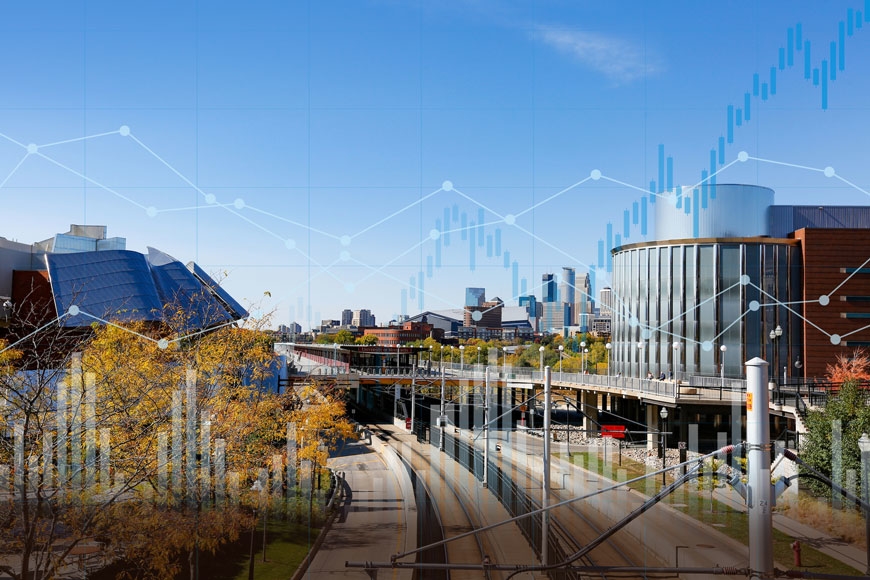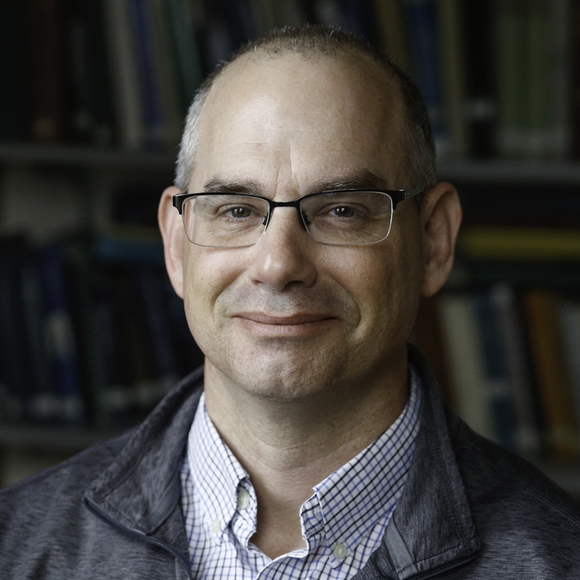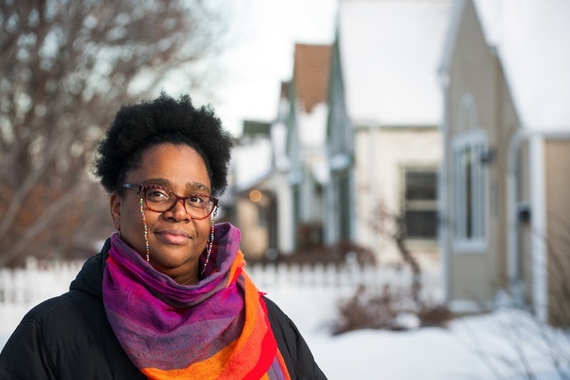Data in the Liberal Arts—and Beyond
Statistician Galin Jones enjoys sitting around, proving theorems, writing computer code, and thinking about the properties of data. But, he assures us, he’s not trying to turn everybody into a mini-Galin Jones. As co-chair of the University’s Data Science Initiative (DSI), Jones’ goal is actually to deepen our knowledge—how we understand the world and how that understanding can help improve our society.
Some of that, he acknowledges, begins with understanding the expression itself.
“Almost every conversation about data science starts with what is data science,” Jones shares. “It’s a really loaded word that can turn a lot of people off in the liberal arts, but I like to view data science like you might view the term humanities, a wide range of disciplines, commonalities, and pieces that filter down to other areas. It’s not just pounding away at a computer and looking at spreadsheets all day long.”
And through that lens, data science is everywhere in CLA.
Learn how CLA students, faculty, and alumni are using data to do the most good and transform their living and learning communities:
"Sound Art orients us to listening as a mode of creating and experiencing art. It can transport us in time and space while introducing new perspectives, sensations, and ways of knowing."
Read Sound In Art, Our Sonic Imaginations and the Power of Listening
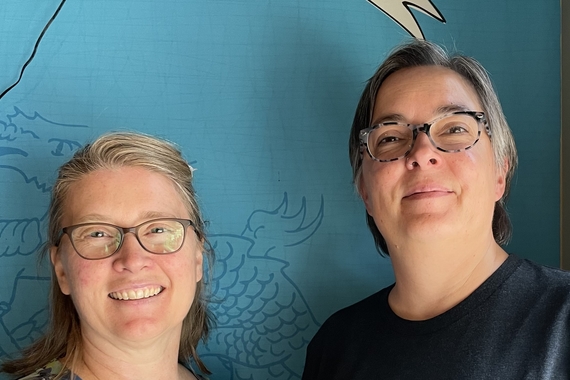
“Blood quantum was a tool of genocide that was imposed on us. And now, we are trying to find a way to get out from under that trauma.”
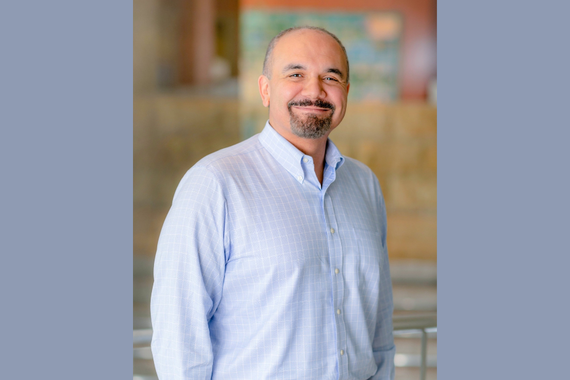
"If income changes are reflected in the data as a global phenomenon, then we know that what’s occurring is much more fundamental."

“Maps excel at conveying complex information and narratives in digestible ways. It’s much more visceral to know a place and see it represented in a new way."
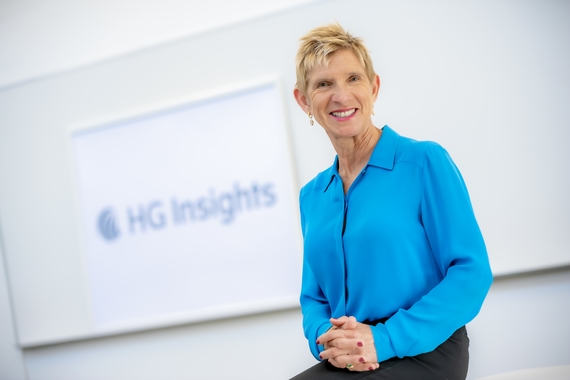
"How do you defend things that seem somewhat opinion based? It’s important you get the data on it."
Read Data and Discovery, Elizabeth Cholawsky's circuitous and data-filled career began in CLA
Data science initiatives and stories exist everywhere across the University, too. In 2021, a systemwide task force was established to increase the collaboration and coordination of these many, sometimes fragmented, efforts.
Jones explains, “The University has expertise across nearly every spectrum of data science, but it doesn’t have the oomph or impact because we’re all working by ourselves, sometimes across purposes, finding ourselves competing rather than collaborating.
“The idea [of DSI] was to work with what’s already there and make it better, not to control all of the initiatives or roll them all into one unit, but to amplify them and even identify new opportunities from a curricular and research perspective.”
Since the task force was formed, two topical focus areas have been identified:
- personalized and digital healthcare.
- foundational and interdisciplinary data science.
Jones notes that the primary movers of DSI include the Med School, CSE, CLA, the Vice President for Research, and Provost Croson, but the task force continues to actively seek partnerships across the University.
For Jones, that collaboration is key. “Ultimately, collaboration and interdisciplinary work is going to have a much larger impact in the long run and in that sense, the future is very bright.”
Towards Indigenous Data Science
Professor Vicente Diaz (American Indian Studies) is co-leading with Professor Daniel Keefe (Computer Science and Engineering) a project called “Towards Indigenous Data Science: Novel Technologies to Support Protocol and Authorship in Immersive Data Visualization,” which takes the first steps in a data and computer science research agenda that advances and revitalizes modern and traditional technologies for the benefit of local Indigenous communities.
The new tools and techniques will be applied and studied with community partners in the specific context of immersive data visualization for trans-Indigenous exchange of water, sky, and canoe knowledge. This interdisciplinary and community-engaged research draws upon longstanding collaborations and kinship ties to partner with local Dakota and Micronesian Indigenous communities to create and explore the future of Indigenous Data Science.
Bodystorming: Dance for Science
What is "bodystorming"? It's brainstorming with your body, using simple choreography to create a fast and flexible modeling system that informs scientific research.
This practice is at the heart of a longtime collaboration between Carl Flink (Theatre Arts & Dance) and David Odde (Biomedical Engineering). Flink's Black Label Movement dance company has been teaming up with the David Odde Laboratory since 2009, and their most recent collaboration explored the clinical experience of cancer patients and the cellular dynamics of cancer therapies.
